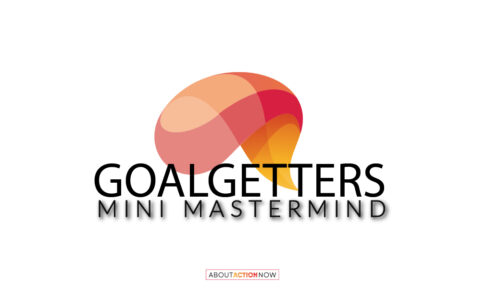
Mastering the Art of Conflict Resolution: A Leadership Toolbox Essential
Conflict is inevitable in any environment where ideas are exchanged, decisions are made, and passions collide. While it may be uncomfortable, conflict—when approached strategically—can lead to growth, innovation, and stronger team dynamics. Leaders who shy away from addressing disagreements risk fostering resentment and inefficiency. This blog will arm you with actionable conflict resolution strategies for leaders to handle workplace tensions like a seasoned pro.

The Leadership Lens: Why Conflict Resolution Matters
Conflict isn’t inherently bad. In fact, it can be the catalyst for uncovering hidden inefficiencies or creative breakthroughs. However, unresolved conflict festers, leading to team dysfunction, high turnover, and low morale—issues that can decimate organizational performance.
Your job as a leader isn’t to eliminate conflict but to transform it into a stepping stone toward progress.
Know Your Conflict Type
Not all conflicts are created equal. Understanding their root causes is the first step to resolution:
- Task-based conflicts: Disagreements about processes or goals.
- Relationship conflicts: Clashes stemming from personal differences.
- Value conflicts: Differing principles or priorities that require alignment.
Each type demands a tailored resolution approach. A heated debate over a project timeline calls for negotiation, while a personality clash might need mediation.
The 4 Key Skills for Resolution Success
Equip yourself with these indispensable skills:
- Active Listening: People want to feel heard. Summarize what they’ve said to show you understand.
- Empathy: Consider their perspective without judgment.
- Emotional Regulation: Stay calm and composed, modeling the behavior you expect from others.
- Collaborative Problem-Solving: Frame conflicts as puzzles to solve together, not battles to win.
Tools for Conflict Management
To effectively manage conflict, add these tools to your leadership toolbox:
The 3-Stage Framework: Address, Align, Action
- Address: Acknowledge the conflict early to prevent escalation.
Example: A marketing manager and a sales lead are at odds over campaign deadlines. Rather than letting frustration grow, schedule a meeting and openly recognize the tension: “I’ve noticed some disagreement about the timeline. Let’s discuss how we can move forward together.” - Align: Find common ground. What shared goals or values can unite the parties involved?
Example: In the meeting, emphasize shared priorities: “We all want this campaign to succeed and meet its targets. How can we balance urgency with thorough preparation?” - Action: Work together to establish solutions. Commit to follow-ups to ensure progress.
Example: Conclude with actionable steps, like adjusting the timeline and scheduling weekly check-ins to keep the team aligned.
Behavioral Tools
- The SBI Model (Situation-Behavior-Impact): Clearly articulate the issue by describing the situation, the behavior, and its impact.
Example: Instead of saying, “You’re always late with reports,” try: “In yesterday’s meeting (Situation), the sales report wasn’t ready on time (Behavior), which delayed the team’s ability to finalize our strategy (Impact).” - Reframing: Shift focus from blame to the future.
Example: When a team member misses a deadline, instead of assigning fault, ask: “What adjustments can we make to ensure this doesn’t happen again?” This creates a constructive conversation instead of a defensive one.
Ready, Set, Resolve!
Conflict resolution isn’t a one-size-fits-all process—it’s a nuanced leadership skill. The next time a disagreement arises, embrace it as an opportunity to strengthen your team. With the right tools and mindset, you can lead your organization toward harmony and success.
Other Resources in Conflict Resolution Strategies for Leaders
BOOKS
Crucial Conversations
Getting to Yes
ARTICLES
Harvard Business Review – Preventing and Managing Team Conflict
Center for Creative Leadership – 6 Tips for Leading Through Conflict in the Workplace
Bonus Resources: Explore AAN’s LMS courses like Conflict Resolution and Leadership and Influence to level up your skills.
Need hands-on guidance? Schedule a discovery call with AAN Leadership Coaching today and let’s tackle your toughest leadership challenges together.
Enjoyed this blog about Conflict Resolution Strategies for Leaders? Share it with a professional who’d enjoy it!





